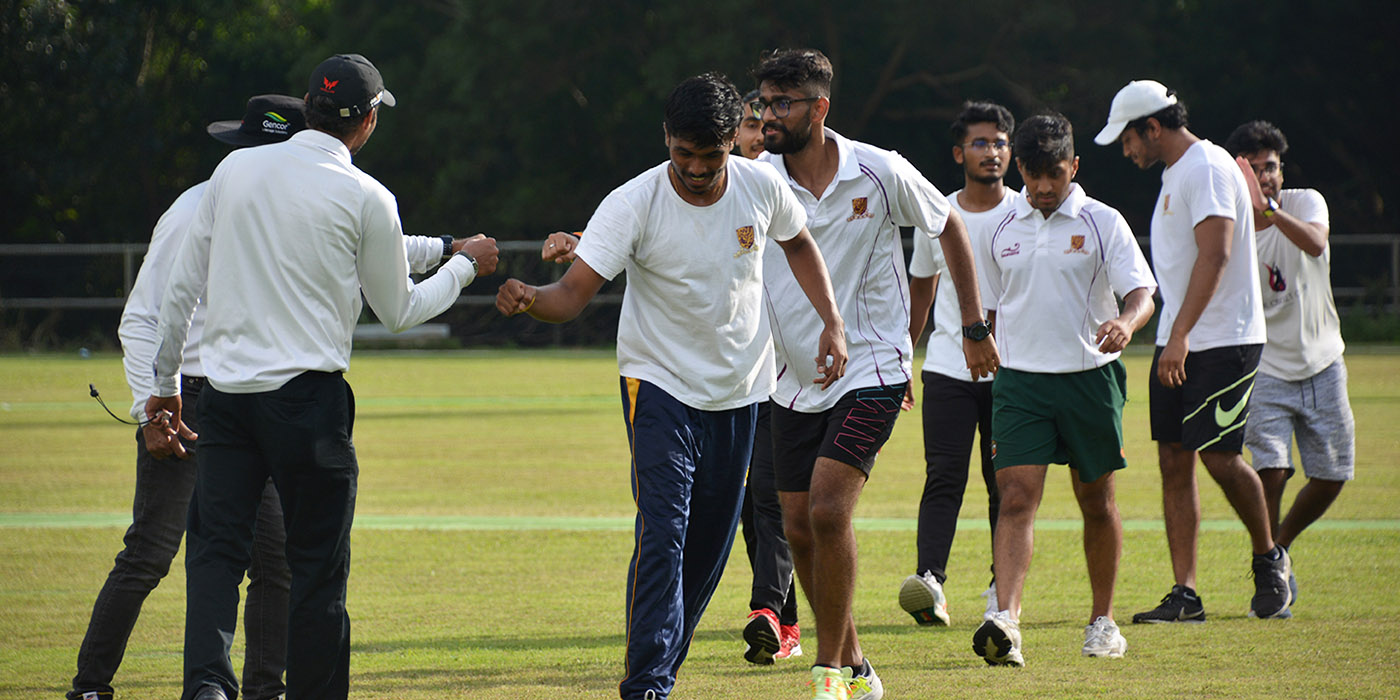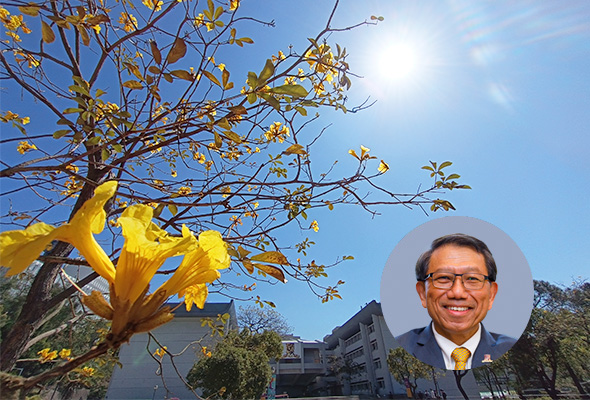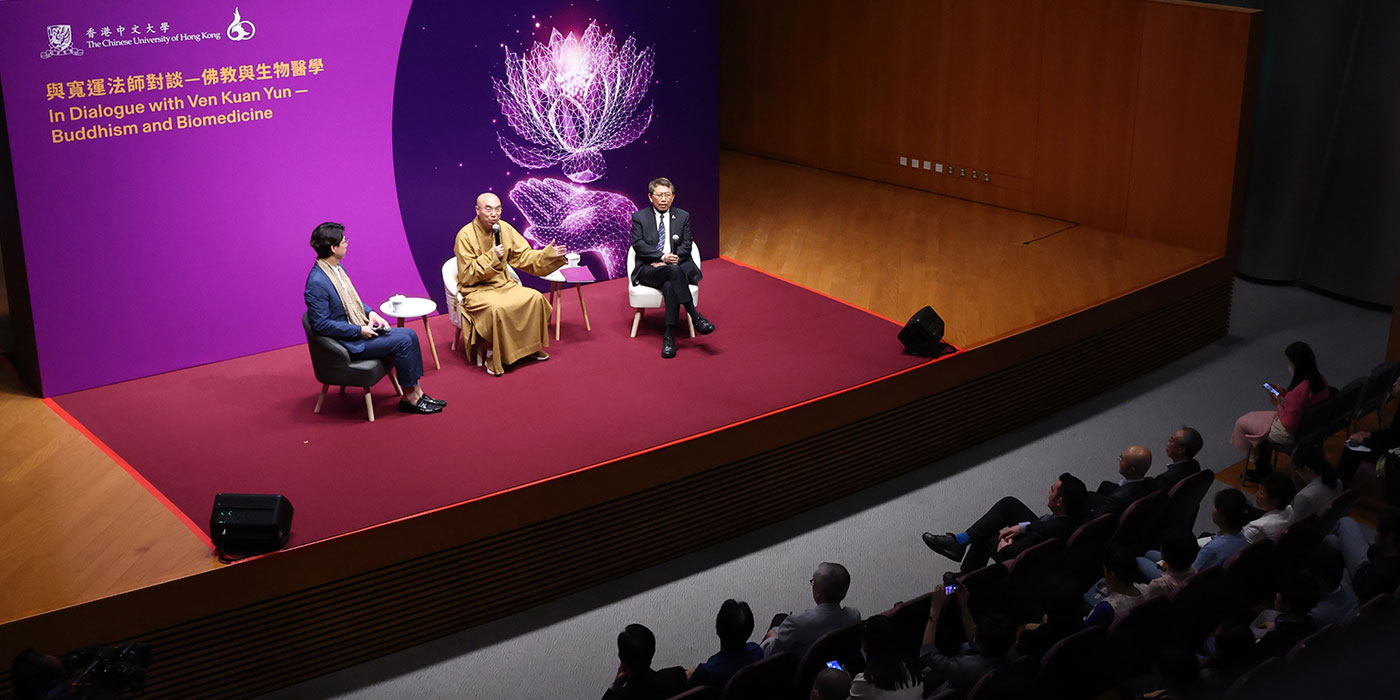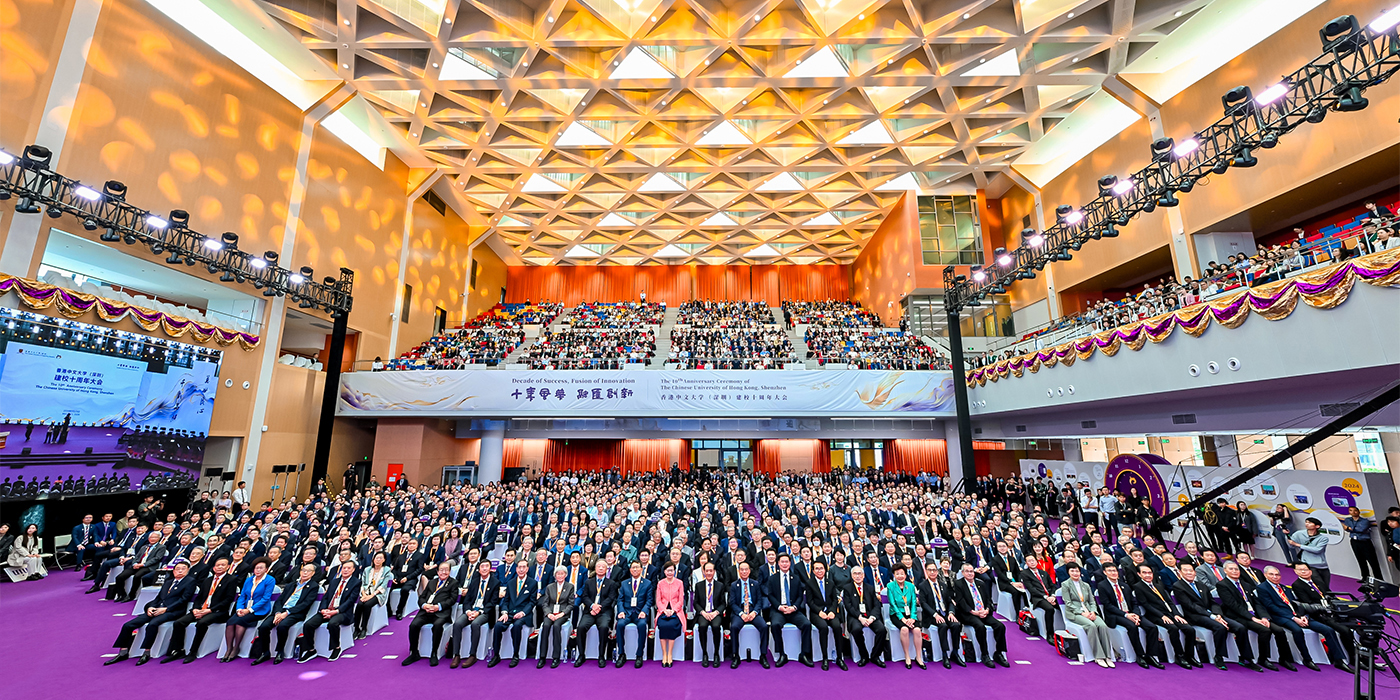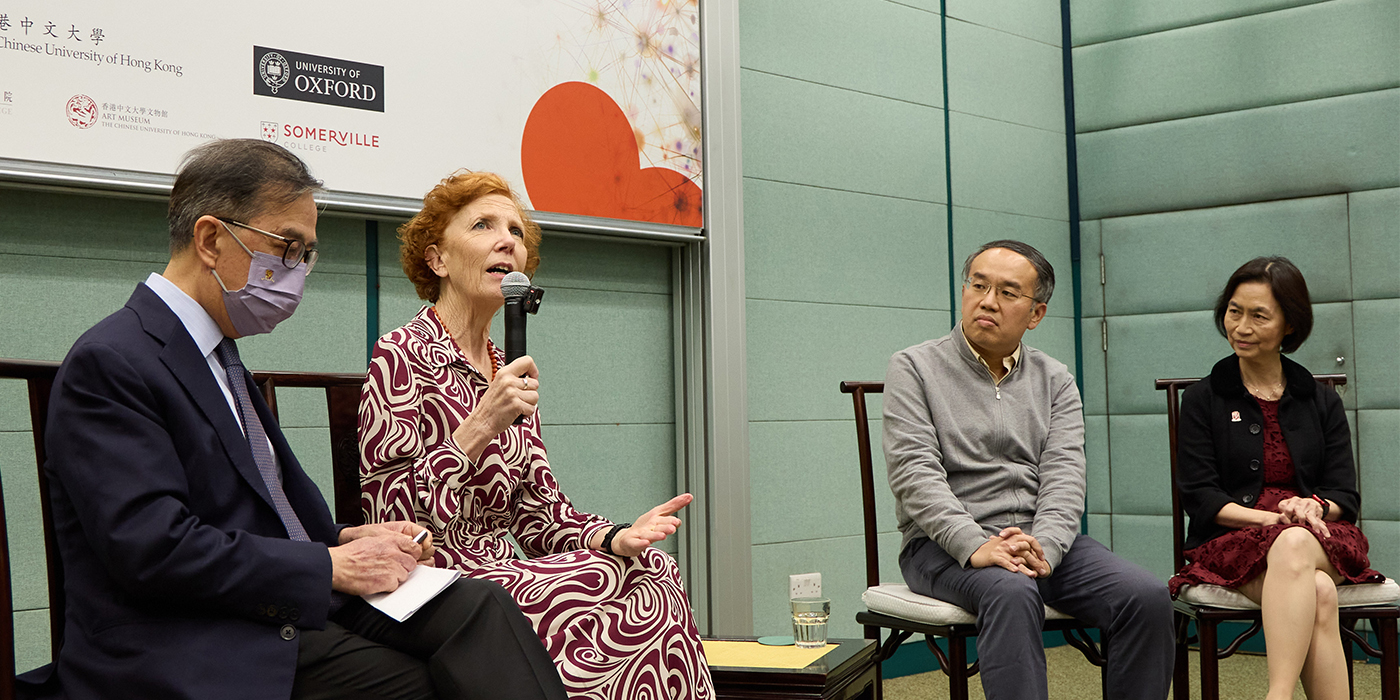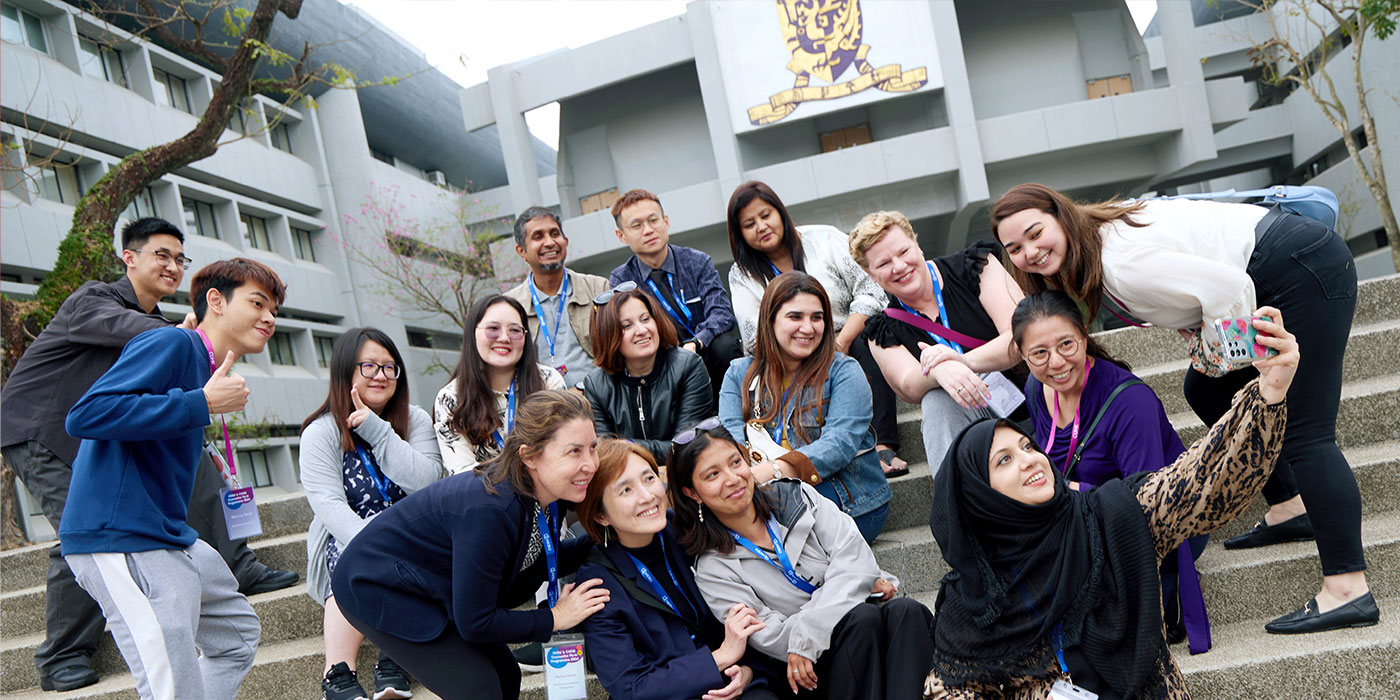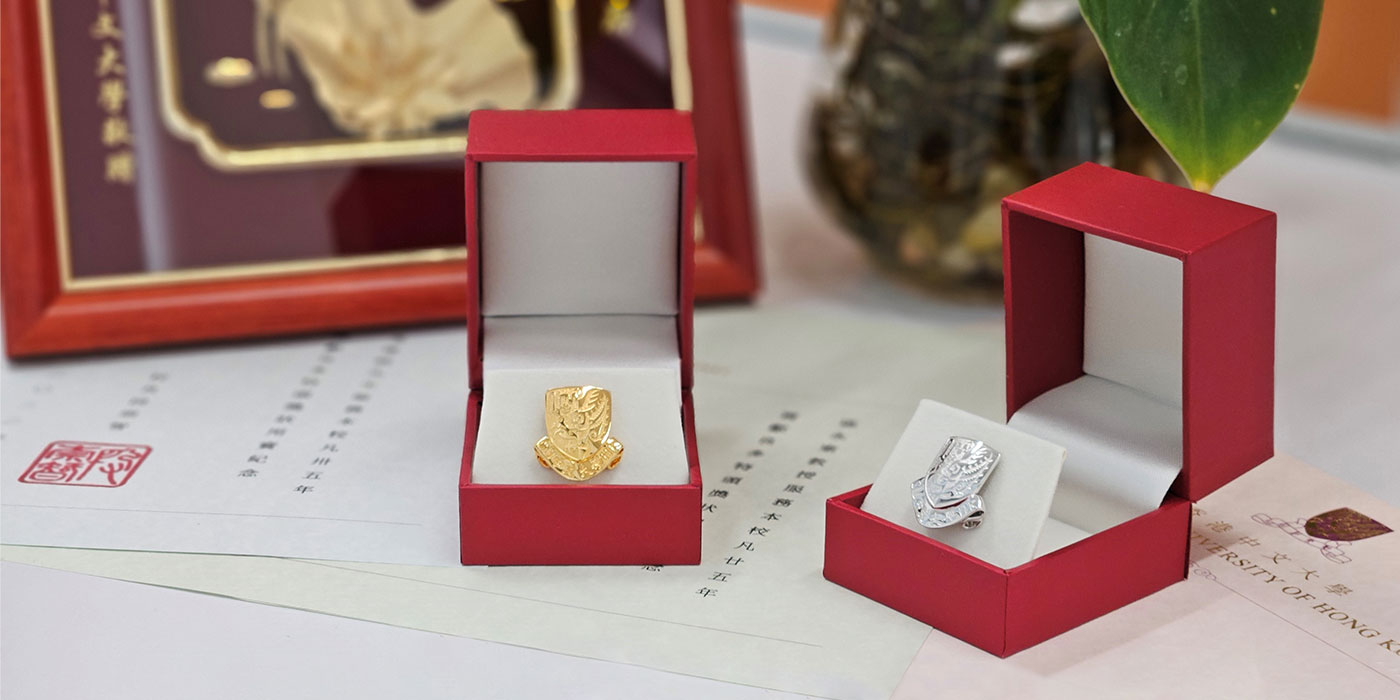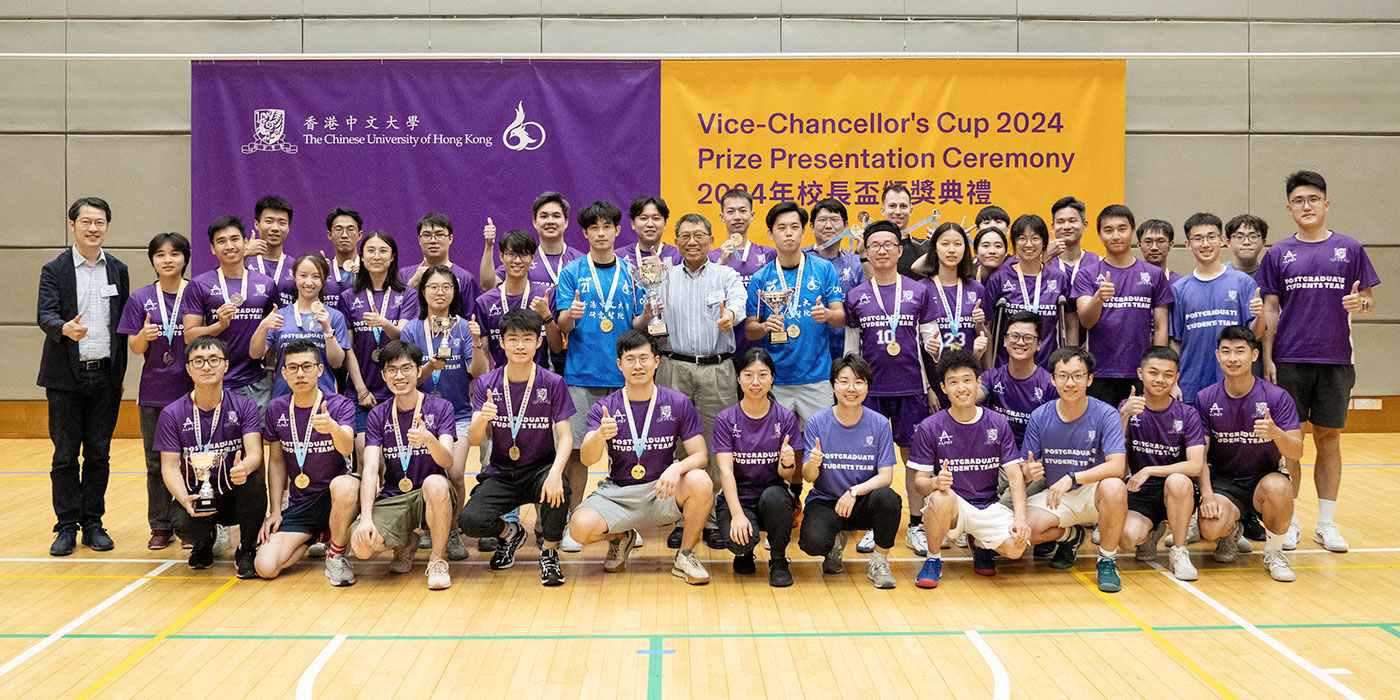A love never lost
The cricket renaissance at CUHK
John Wright still remembers the day after all those years. The England team had made it to the final to meet Pakistan for the 1992 Cricket World Cup on the Melbourne Cricket Ground. His parents not allowing him to set an alarm to wake up, the eight-year-old managed to be awake nevertheless in the wee hours and watch the game. At his home in Chorleywood, his parents had a big party; by seven in the morning, neighbours and friends were coming around, waiting earnestly for the moment when their team would lift the trophy.
‘It was a very strong memory for me,’ says he, meditatively.
The sensation has been kept much alive since then. The primary schooler played cricket after class, in the glare of the late-setting sun in English summers. He went on to play for his high school and village and, when arriving in Hong Kong for doctoral study at its oldest university in 2007, joined its cricket club of nearly a hundred years old to stay game. Coming to CUHK in 2012, the statistics lecturer was thinking of running something similar on campus and, chancing upon students who are cricket enthusiasts, has been working with them towards recreating their paradise in this isle of the Far East in the years to come.


An elegant challenge
Dating back to as early as the 16th century in England, cricket is often dubbed a gentleman’s game that, stripping its nuances and complexities, revolves around the defence of the wicket—the three stumps with pieces of wood lying across the top, erected on both ends of the pitch where the main action takes place. The batsman keeps the wicket safe from the bowler by hitting the ball, while attempting to run to the other end (together with the batsman on the other end)—by which a run is scored—provided the wicket is safe. The bowler, on the other hand, tries to knock down the wicket and oust the batsmen. In a conventional game that consists of two teams of 11 players, the team scoring the most runs wins.
‘Cricket is fairly special—on the one hand it’s individualistic, the batter has to score runs versus the other team by themselves, but on the other hand, it’s a team sport, everyone has to put in his best effort. This balance between individuality and team cooperation is quite rare in sports.’ Wright observes.
On the other hand, the endless variations afforded by this old sport are what Desidhu Jayaweera, final-year student in financial engineering coming from Sri Lanka, finds captivating.
‘The game is always evolving, the bowling pace, the spinners, there are so many variations. Its complexity is up to creating a very beautiful game. And the best part is you have tours: it’s a whole new set of conditions, even a very good batsman in Sri Lanka will find it challenging to bat in England—this creates good players who are able to prevail in every condition,’ he says.


Towards a sustainable game
Following British colonial expansion in the 18th and 19th centuries, cricket was brought to different quarters of the globe. Today it is the world’s second most popular sport in terms of viewership, endearing itself to thousands of millions in England, Australia, India, Pakistan, Sri Lanka, Bangladesh, etc. In Hong Kong, a former crown colony, an exception lives, though: the sport that kids in the Commonwealth have grown up by remains quintessentially a parochial interest, participated by those from cricket playing countries largely to the exclusion of Chinese locals.
On this, Wright explains: ‘Unlike us, a lot of Hong Kong men have not grown up with the sport, it is not taught that much in schools. If we trained CUHK students for a month and let them play in one of our hardball games, there would be no fun—the level is too different.’
Women’s cricket, though, is an entirely different story, he notes. Most of the Hong Kong women’s national team are Chinese locals, as they and their opponents had been new to the sport and they learned it together, thereby finding fun and sticking with the game. To fix the situation on men’s side, and make cricket for all, Cricket Hong Kong, the city’s official body for cricket, has been pushing for junior leagues, which see more local kids train in the sport, and tapeball tournaments—a kind of cricket contests using a tennis ball wrapped in electrical tape rather than a hard leather ball—to ease people into the game.
Cricket in Hong Kong and CUHK
Hong Kong’s first recorded cricket match goes back to as early as 1841, and that in CUHK can be traced back to the late eighties. With staff members like David Gilkes, George Braine, Pradip Nath and Mano Arumanayagam, the University had active cricket seasons, almost playing a match every fortnight. They played local universities, and the Cricket Club comprising staff, students and alumni were founded in 1992.
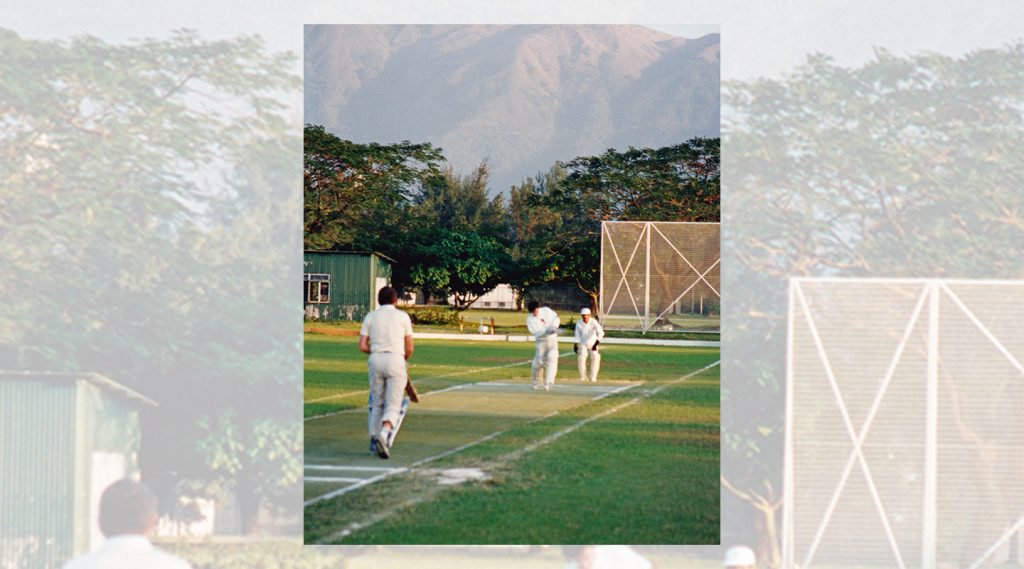

What’s more, the ebbs and flows of cricket at CUHK have been bound up with the history of the city: cricket afternoons on the verdant grounds in Sek Kong Royal Air Force camp surrounded by rolling blue hills, its air filled with occasional, mild jubilations for a brilliant stroke or catch were fading into history, as Hong Kong bade farewell to its colonial days. So were the ear-splitting roars and massive, gliding shadows of flights repeated throughout the game at the Mission Road grounds, as Kai Tak Airport closed in 1998. Following the retirement of key members, there were not enough staff to field the team and the Cricket Club was dissolved in 2004.
Fast-forward to 2017, despite all odds, cricket came back—CUHK had its first match against the University of Hong Kong in 12 years, the team featuring staff, students and alumni from five countries. Wright, together with students Deepen Nebhwani and Harsh Jhujhunwala, made it happen.
Where the dots connect
‘How do you find other cricket lovers?’ I ask.
‘Through Friday afternoon mass mails, among others,’ a light smile plays across Wright’s face.
‘But really, it was the students, who have friends, and they know other students. Someone like Deepen and Desidhu is key to getting people together. You find people on campus who may be interested, and that begin to pull people in. The keyword is enthusiasm—it doesn’t happen without people doing a bit of extra,’ notes Wright.
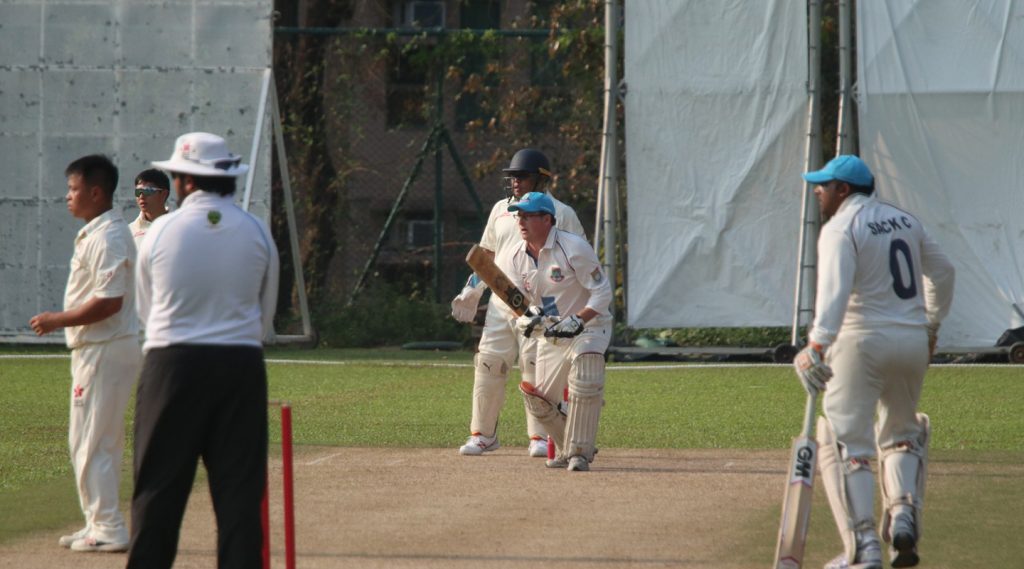
On the heels of the successful 2017 match, a first-ever student team was formed in the University in 2018 to compete in an intervarsity tournament. It was some time before Jayaweera joined the scene later that year. Charmed by the grace and tact of Kumar Sangakkara, the Sri Lankan cricketer considered one of the all-time greats of the game, Jayaweera got interested since he was a kid and went on to play for and captain the team in high school.
‘I know cricket is not that big in Hong Kong—maybe not even a thing at CUHK. But cricket is really my sport, so I was starting with my friends and seniors, saying I’m really into cricket and would love to play. That is how I came to meet Dr. John and join the WhatsApp group where there’re alumni and everyone involved with cricket.’
From margins to centre stage
Having met Deepen Nebhwani and other like-minded souls, the freshman started nets practice on campus and very soon progressed to court cricket, his enthusiasm ever increasing as the days went by. By then he had already been thinking about ways to popularize the sport—chiefly through affiliating themselves with the Student Union where they can let people know cricket exists.
For that matter, in early 2019, they approached the International Students Association, a student-led society representing international students under the Office of Student Affairs (OSA), hoping that they bring up the matter in their regular meetings with the Student Union. Barring the few documents they got, things somewhat ground to a halt. A silver lining appeared, though, in Jayaweera’s audience with the University’s Learning Enhancement Officer at the end of his first year. Hearing about his cricket story, the latter offered detailed advice on the openings they may try.
One of the go-tos that were suggested was the Physical Education Unit, and they received immense help. A breakthrough was achieved where they were lent the turf pitch at Lingnan Stadium to have tapeball practice every Friday last semester. Now, the 30-strong student team is applying to affiliate with the OSA as a student society.
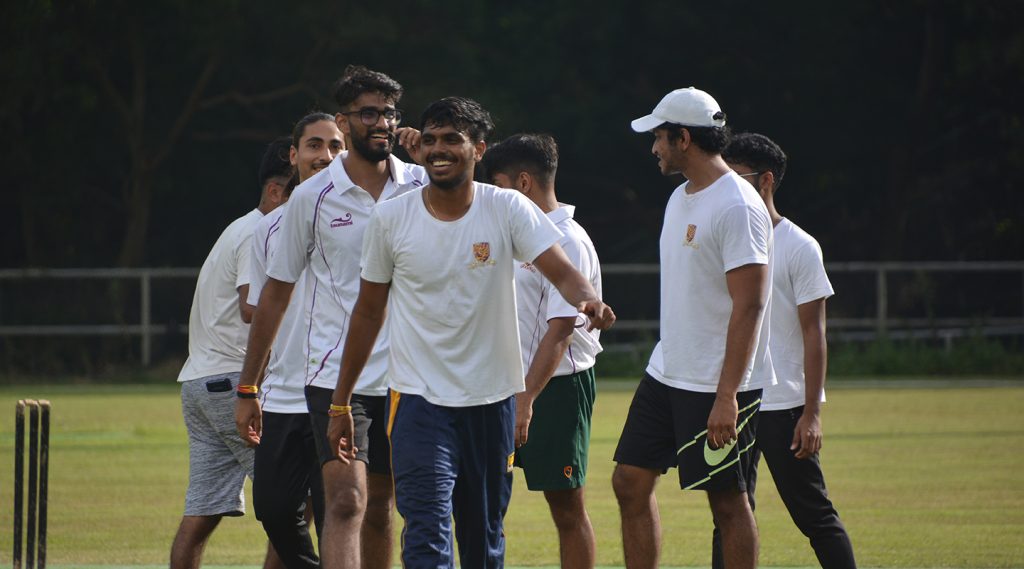
‘The OSA staff are really helpful—they told us what to do, step by step. We should progress quite quickly,’ says Wright, who, tapping into the similar experience he had back in his study days at the University of Hong Kong, helps with the drafting of constitution and application documents.
‘For cricket to continue, things need to be properly done and set up, so that we can book facilities, get funding, and get proper system—annual general meetings, the officers—running,’ he says.
In the University Sports Centre, photos of sports teams—volleyball, table tennis, rugby and the likes—line the wall. It is Wright’s dream that cricket would be among them someday: ‘women and men in their costumes, looking really sharp’. As the rep of CUHK in Cricket Hong Kong and the official cricket body’s facilities director, the calm and gentle Englishman-Hong Konger’s wish for the sport’s development in the city is simple: more women, more everyone playing. Walking between worlds, making their world ours, the cricketers, passionate and committed, are honouring their love with stamina, grace, and patience—much like their playing of the game.
By Amy Li
Photo by Matthew Wu

